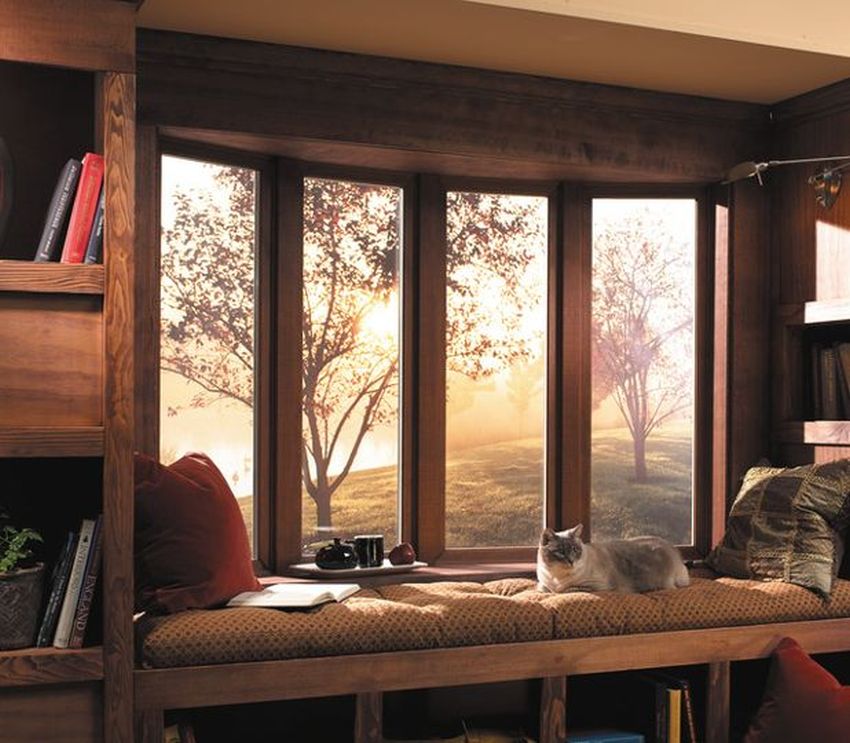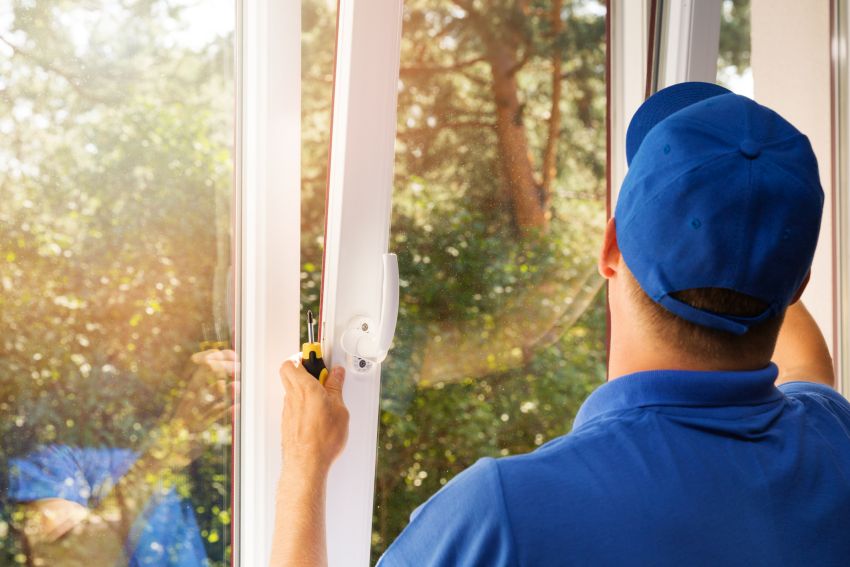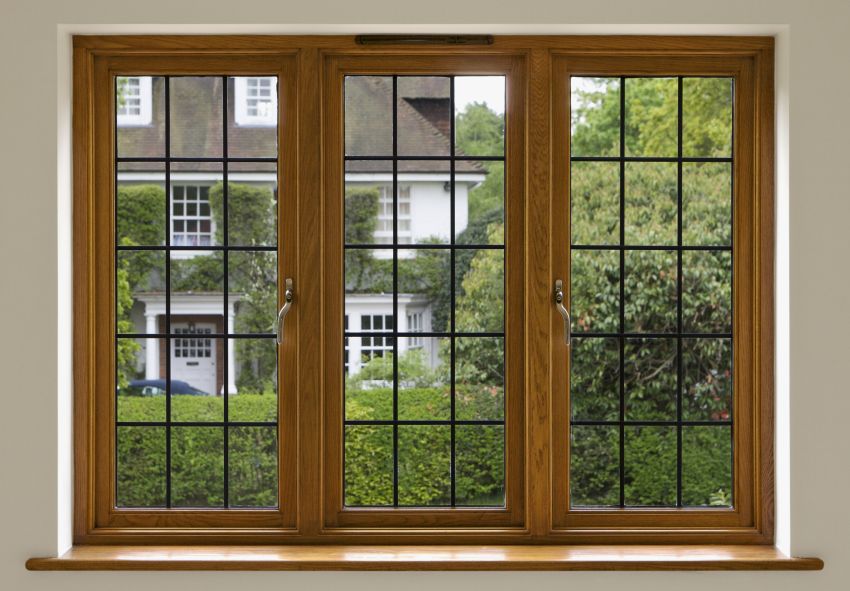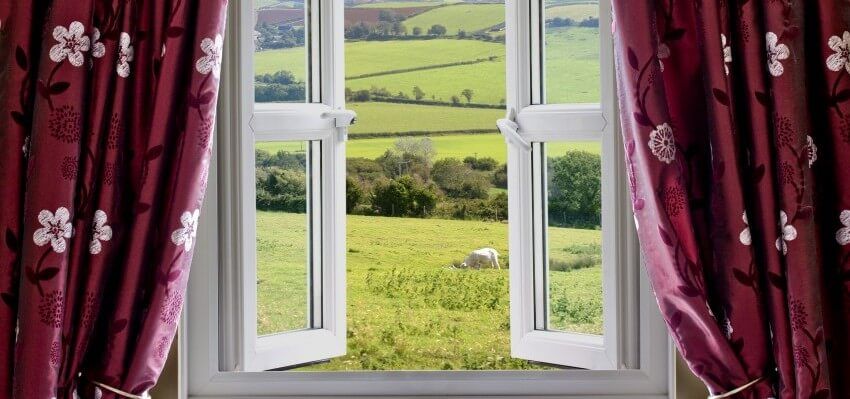Inefficient window installation can significantly lead to high energy consumption – which means higher energy bills. On the other hand, energy-efficient windows insulate a building against heat and cold, reducing the overall heating and cooling cost. Energy-efficient windows are generally one of the most cost-effective ways to save energy and money in households and commercial setups. Let’s find out how!
What are Energy-Efficient Windows?
Energy-efficient windows are perfect for minimizing the use of artificial heating and cooling. With the technological advancement in the past 25 years, energy-efficient windows are able to insulate cold and heat up to four times better than typical or conventional windows.
The double or triple glazed windows are designed to prevent heat from escaping through windows to the cold outdoors and vice versa. Components that make a window energy-efficient are low-E glass, double/triple glazing, U-value window frames, good weather seals, and good window energy ratings.

Benefits of Energy-Efficient Windows
Following are the benefits of having energy-efficient windows installed:
1) Better insulation: The effective energy-efficient windows are good at keeping the outdoor elements at bay – by eliminating “hot” or “cold” spots in rooms. They form a good barrier against cold weather outside and keeps interiors warm during winters. Also, they help protect home interiors from the blazing heat in summers and keep the house cool with little or no air conditioning.
2) Eco-friendly: As the name suggests, energy-efficient windows keep indoors at a comfortable temperature without the need for external heating or cooling systems. This results in lower energy usage. That’s how they make your home much more eco-friendly.
3) Reduced energy costs: Need for less energy to heat or cool your home means reduced energy costs. Certain municipalities also offer a significant tax credit for upgrading to energy-efficient windows in your house. The upgrade might cost you a little in the beginning, but the investment pays for itself in the long run in terms of reduced energy bills.
4) Protect indoor items: Energy-efficient windows have a special protective coating that prevents your home interiors from the sun’s UV rays. The harsh sun rays can damage wood, rugs, carpets, fabrics, and furniture while streaming through windows. Energy-efficient windows block up to 98% of UV rays from entering your house, preventing home furnishings, accessories, and flooring from fading or deteriorating.

5) Cut down noise pollution: The insulative, energy-efficient windows can soundproof your house to a great extent. They can seal out exterior conditions and ambient noise from railroads, sirens, and roadway traffic. Therefore, these are quite desirable in modern-day communities where buildings are built close to one another.
6) Low or no maintenance cost: The energy-efficient windows reduce energy transfer while minimizing the prevalence of condensation buildup. It further leads to a lower risk of dust, debris, and mold accumulation. The UV-resistant coating helps in eliminating water stains. So you don’t have to spend a lot of your time and money cleaning or maintaining windows.
Also Read: Different Window Designs, Styles and Types
How to Make Old Windows Energy-Efficient
You can make old windows energy-efficient in five simple steps:
1) Seal the gaps: The old windows have unsealed gaps. These gaps result in energy loss. You need to find these gaps and seal them to make windows leakproof. Although finding these gaps or leaks is not easy as they are invisible to the naked eye but large enough to let the air escape.
You can consult professionals to inspect old window frames to detect leaks. You can also use an incense stick to identify gaps by following where the smoke flows. After identifying the leaks, use weather stripping for sealing them.
2) Install double glazing: The double-glazed windows consist of two layers of glass separated by an additional layer of air. It helps keep warm air inside the house and cold air outside. This way, windows are able to reduce the amount of indoor condensation and noise from the outside.

3) Upgrade window frames: To install energy-efficient window frames is cheaper than replacing the whole window, and more effective in improving energy efficiency.
Choose window frames with the proper Window Energy Rating Scheme (WERS) label. The 5-star rating is the indicator of most energy-efficient window frames. These window frames allow less air to pass out of your home.
4) Use window coverings: While window coverings themselves don’t make windows more efficient, they can block certain drafts and help your house stay warm and cozy. Also, invest in heavy curtains or thermal curtains for the best effect.
Invest in quality curtains. And, let them fall below the window sill. This helps them trap as many drafts as possible. Another way is to close the curtains at night and open them during the sunlight.
Closing curtains at night, when temperatures drop, is a good way to trap drafts. Opening them in sunlight creates a warm effect even if the windows are drafty.
5) Install window film: Another way to upgrade your windows is by using an energy-efficient window film. It adds another layer to the window glass and helps reduce the effect of conduction and convection, making windows more efficient, overall.
Besides that, you can use a solar control window film for blocking IR and UV rays. This not just reduces energy loss but also protects you and your valuables on sunny days.
Also Read: Physee’s PowerWindows Come With Built-in Solar Panels

Quick Hacks to Make Windows Energy-Efficient
You can also try these simple hacks to make your windows energy-efficient:
- Replace broken glass: Replacing broken glass is as important as repairing cracks and gaps. A few dollars and some hard work will save you the cost of new windows and energy.
- Hang curtains: Using medium-colored drapes with white-plastic backings reduce heat gain by 33% when these are drawn over windows that receive direct sunlight. In winter, curtains act as an insulator for reducing heat loss by as much as 10%.
- Use weather stripping: It can help you save up to 10% on energy bills. You can use metal and vinyl weather stripping for better results.
- Create exterior shade: Adding exterior shading helps in keeping your house cool while reducing the heat gain by 65 to 77%. Look for awnings that are opaque but light in color for reflecting as much heat as possible.
Follow Homecrux on Google News!




